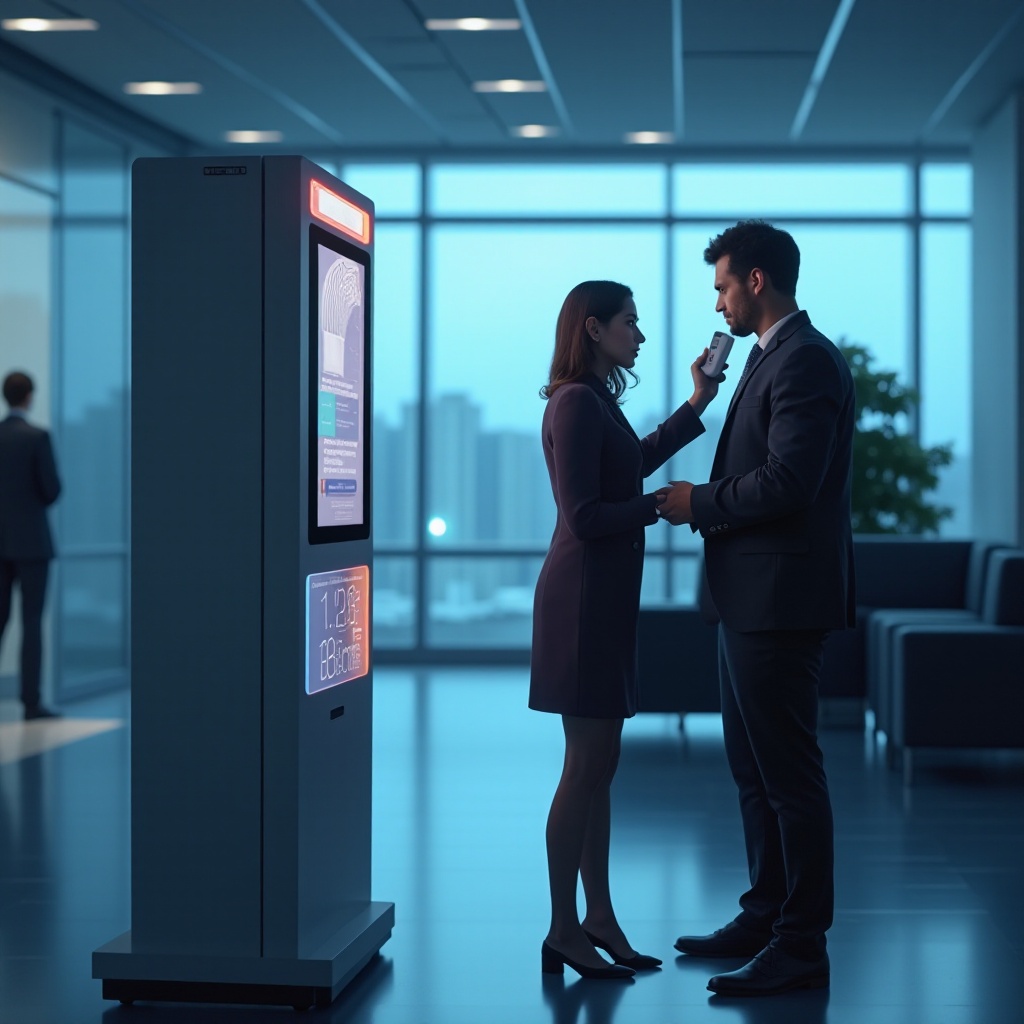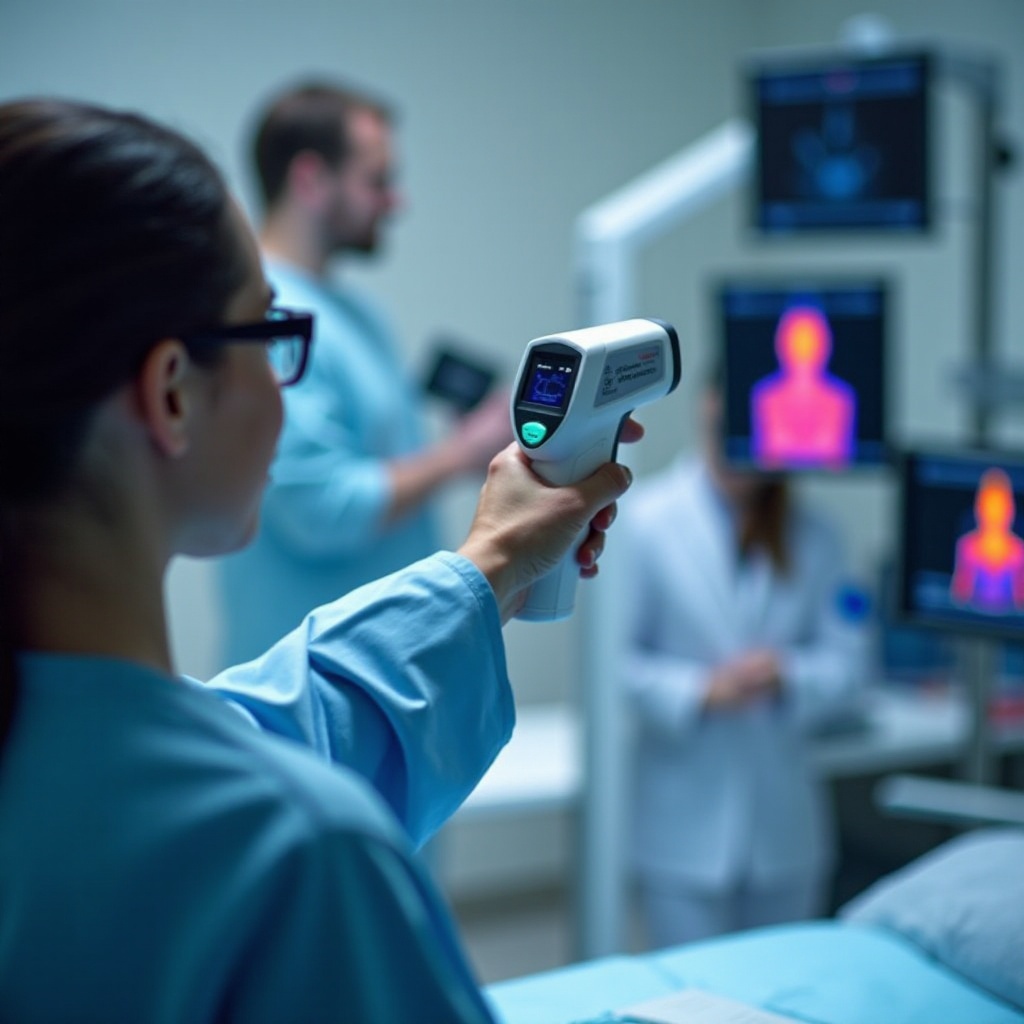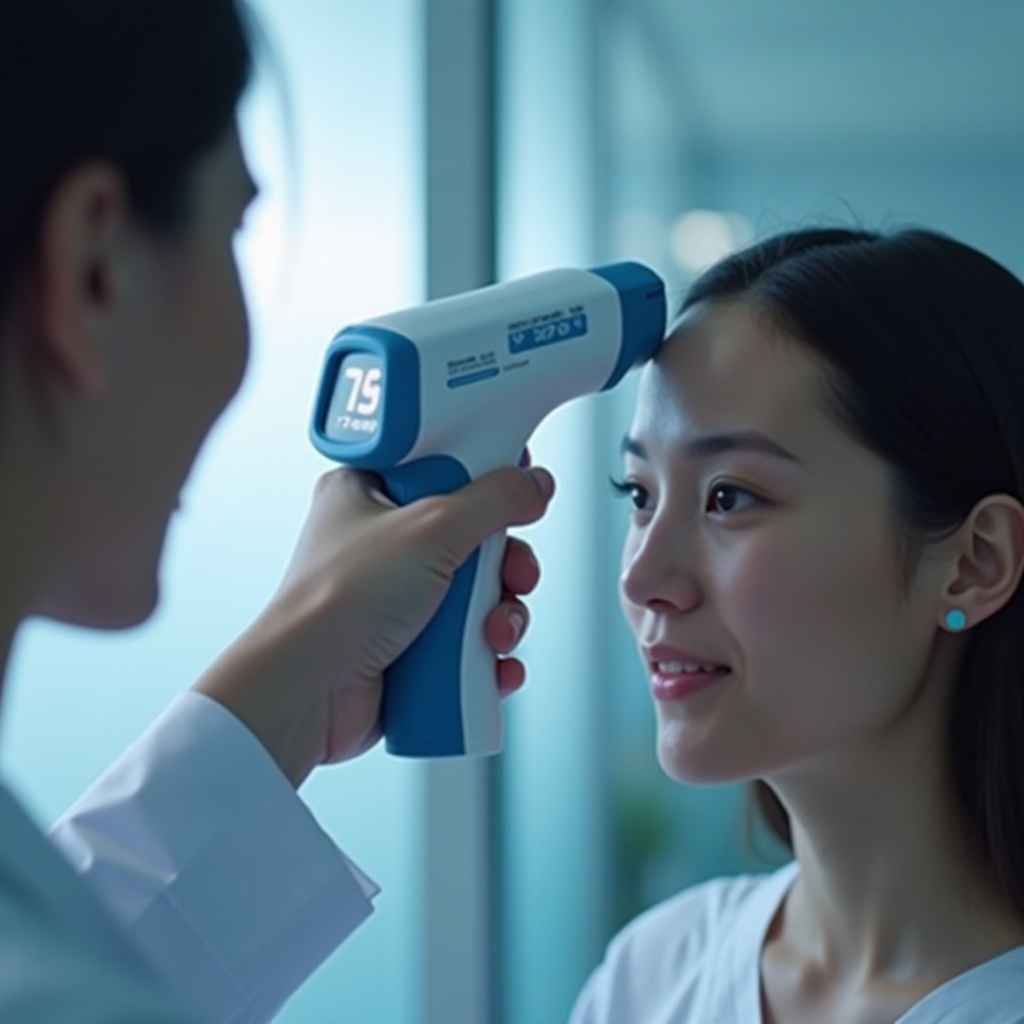Introduction
The accuracy of temperature scanners has become a major concern, especially with the heightened focus on health and safety in recent times. These tools are widely utilized in various sectors to quickly measure body temperatures, aiding in the identification of potential fevers. But, how reliable are these readings? This article will explore the types of temperature scanners, the factors affecting their accuracy, and how you can ensure you’re getting the most precise readings.

Understanding Temperature Scanners
Temperature scanners have become indispensable due to their capability to provide quick, non-contact temperature assessments. They prove invaluable in diverse situations, from health screenings to industrial safety checks.
Types of Temperature Scanners
There are several types of temperature scanners, including:
- Infrared Thermometers: Using infrared light, these measure surface temperature.
- Thermal Cameras: These devices capture infrared radiation to create heat maps of the scanned areas.
- Biometric Systems: Often integrated with security systems, they use facial recognition to measure temperature at checkpoints.
Common Uses of Temperature Scanners
Temperature scanners are employed in various fields, such as:
- Health and Safety: Screening for fevers at airports, hospitals, and workplaces.
- Industrial: Monitoring machinery and equipment to prevent overheating.
- Security: Enhancing security systems by integrating temperature checks at access points.
Factors Affecting Temperature Scanner Accuracy
Several factors can impact the accuracy of temperature scanners, making it crucial to understand these influences for ensuring correct readings.
Environmental Conditions
The environment significantly affects temperature scanner accuracy. Extreme temperatures, humidity, and air currents can distort readings. For example, using a scanner outdoors on a windy day might lead to less accurate results.
Distance and Angle
The distance and angle between the scanner and the subject are also important. Most scanners require a specific range for accurate measurements. If scanned too far or at an odd angle, the readings might be off. It’s crucial to follow the manufacturer’s guidelines on optimal scanning distances and angles.
Calibration and Maintenance
Regular calibration and maintenance are essential for the accurate functioning of temperature scanners. Over time, sensors can drift, leading to incorrect readings. Hence, periodic calibration and proper maintenance are necessary to keep the device’s accuracy within acceptable limits.
Evaluating Different Types of Temperature Scanners
Selecting the right temperature scanner affects both accuracy and suitability for specific applications. Here’s a closer look at the commonly used types:
Infrared Thermometers
Infrared thermometers are handheld and known for their portability and ease of use. They measure infrared radiation emitted by a surface to determine its temperature. While they are generally accurate, their readings can be influenced by reflective surfaces, distance, and environmental conditions.
Thermal Cameras
Thermal cameras provide a broader overview by displaying temperature variations over an area. These are ideal for monitoring large spaces or multiple subjects. They offer high precision but are more expensive and require proper calibration to maintain accuracy.
Biometric Systems
Integrated into security setups, biometric temperature scanners offer the dual functionality of temperature checks and identity verification. These advanced systems enhance efficiency but can be costly. Accuracy may be affected by facial accessories like glasses or masks, which can obstruct the scanner’s view.

Practical Tips for Ensuring Accurate Readings
Given the various factors influencing accuracy, here are several practical tips to help obtain the most reliable readings from your temperature scanner.
Best Practices
- Follow Manufacturer’s Instructions: Adhere strictly to the guidelines provided for optimal use.
- Consistent Environment: Use the scanner in a stable environment free from extreme conditions.
- Accurate Placement: Ensure correct distance and angle according to the scanner’s specifications.
Avoiding Common Mistakes
- Avoid Reflective Surfaces: Shiny objects can reflect infrared light and distort readings.
- Calibrate Regularly: Schedule regular calibration to maintain accuracy.
- Regular Maintenance: Keep the scanner clean and in good condition to ensure consistent performance.

Conclusion
Understanding and ensuring the accuracy of temperature scanners is essential for their effective use. By recognizing the factors that influence their readings and following best practices, you can rely on these devices for precise temperature measurements.
Frequently Asked Questions
How often should I calibrate my temperature scanner?
The frequency of calibration depends on usage and brand specifications. Generally, monthly calibration ensures the scanner remains accurate, but high-frequency usage might require more frequent checks.
Can environmental factors really affect accuracy?
Yes, environmental conditions like extreme temperatures, humidity, and air flows can significantly impact accuracy. Using the scanner in a stable environment helps mitigate these effects.
Are there any advancements in temperature scanner technology?
Advances in technology have led to more sophisticated scanners with integrated AI for better accuracy, quicker readings, and even the ability to differentiate between real and fake heat signatures.

